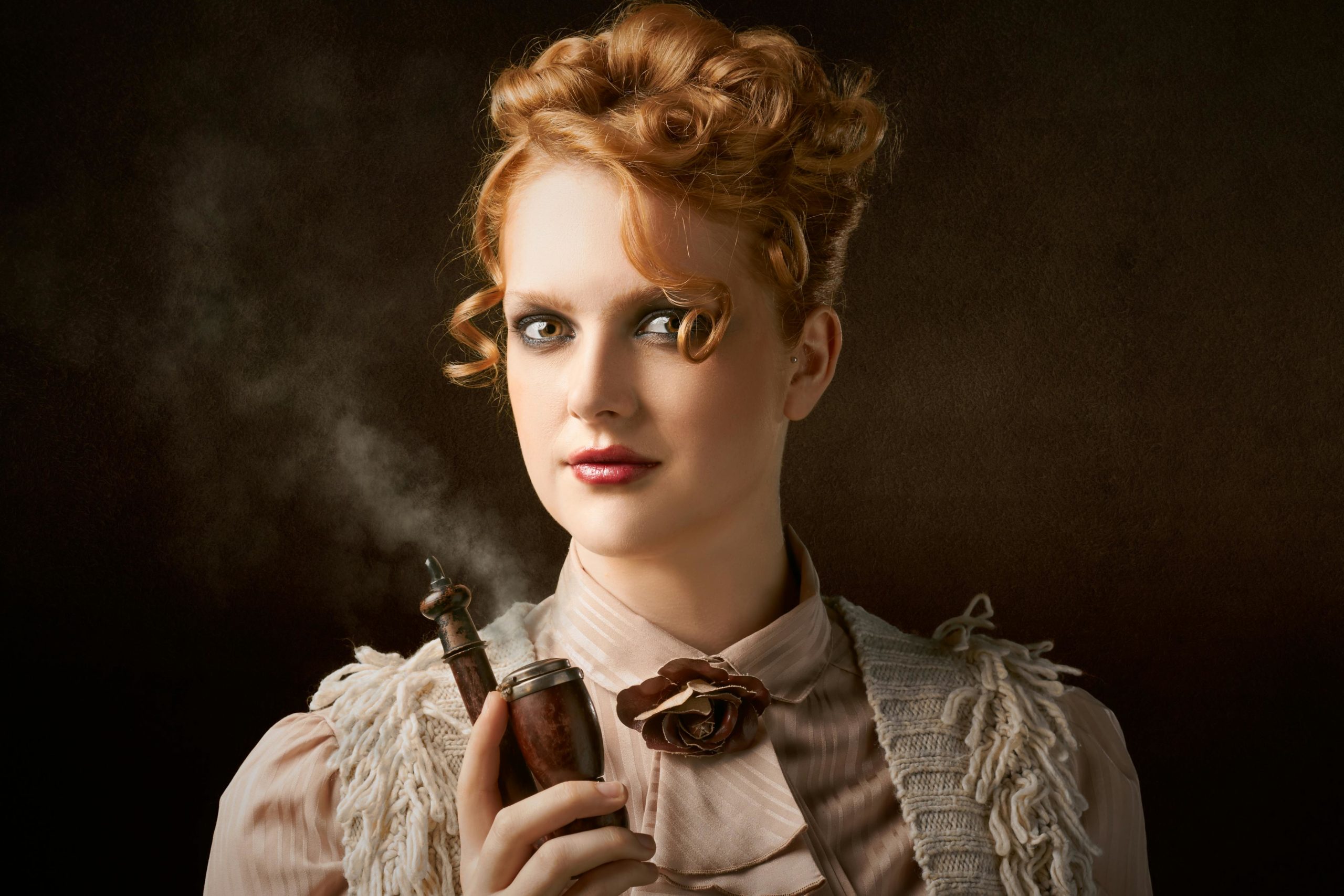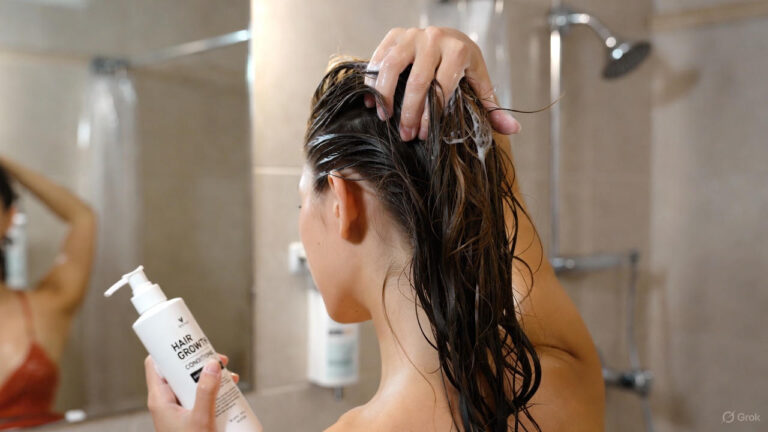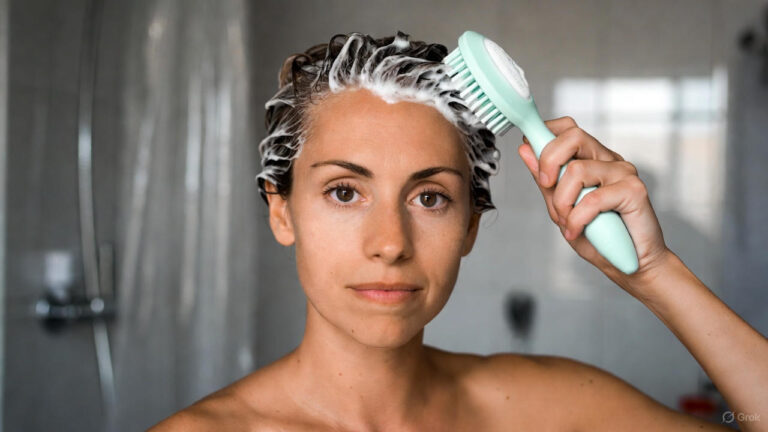In an era dominated by technological advancements and cutting-edge beauty products, there’s a nostalgic allure to the timeless elegance of vintage beauty tools.
From intricately designed hairbrushes to delicate facial rollers, these relics from the past are experiencing a revival in today’s beauty industry. But what is it about these vintage tools that continue to captivate beauty enthusiasts?
Join us on a journey through history as we uncover the origins, evolution, and resurgence of vintage beauty tools, and explore their enduring appeal in modern skincare routines.
The Origins of Vintage Beauty Tools
The history of vintage beauty tools can be traced back thousands of years, with evidence of their use found in ancient civilizations around the world. In ancient Egypt, for example, elaborate beauty rituals were an integral part of daily life, with tools like bronze razors, ivory combs, and alabaster jars for storing cosmetics being commonplace.
Similarly, in ancient China, jade rollers were prized for their cooling and soothing effects on the skin, while in ancient Greece, hairstyling tools like hairpins and hair combs were intricately crafted and adorned with decorative motifs.
As civilizations advanced, so too did beauty practices and the tools used to achieve desired aesthetic standards. During the Renaissance period in Europe, grooming tools became more elaborate and ornate, reflecting the opulence and refinement of the era. Ivory-handled brushes, silver-backed mirrors, and intricately designed hair accessories were coveted possessions among the elite.
The Evolution of Vintage Beauty Tools
With the dawn of the industrial age, beauty tools underwent a transformation, as mass production techniques made these implements more accessible to the general population.
The invention of the hairbrush, for instance, revolutionized hair care routines, providing a more efficient way to detangle and style hair. Similarly, advancements in metallurgy led to the production of finer, sharper razors, paving the way for smoother and more precise shaving experiences.
Throughout the 20th century, beauty tools continued to change alongside changing fashion trends and cultural norms. From the iconic hair rollers and pin curls of the 1950s to the sleek, streamlined designs of the 21st century, vintage beauty tools have remained a constant presence in the ever-changing landscape of beauty and grooming.
The Resurgence of Vintage Beauty Tools
In recent years, there has been a noticeable resurgence of interest in vintage beauty tools, driven by a desire for authenticity, craftsmanship, and sustainability.
As consumers become more discerning about the ingredients in their skincare products and the environmental impact of their beauty routines, vintage tools offer a natural alternative that resonates with the values of the modern consumer.
Facial rollers, in particular, have seen a surge in popularity, with jade and rose quartz rollers being hailed for their ability to reduce puffiness, promote lymphatic drainage, and enhance the absorption of skincare products.
Similarly, boar bristle brushes have made a comeback as a gentle and effective way to distribute natural oils throughout the hair, resulting in smoother, shinier hair.
The Enduring Appeal of Vintage Beauty Tools
What is it about vintage beauty tools that continue to captivate beauty enthusiasts across the globe? Perhaps it’s the nostalgia of bygone eras, evoking memories of simpler times and timeless elegance. Or maybe it’s the craftsmanship and attention to detail that went into creating these exquisite implements, reflecting a level of artistry and dedication that is often lacking in mass-produced goods.
Whatever the reason, vintage beauty tools hold a special place in the hearts of beauty enthusiasts, serving as a reminder of the timeless allure of classic glamour and the enduring appeal of old-world charm. In a world where trends come and go in the blink of an eye, vintage beauty tools offer a sense of continuity and connection to the past, reminding us that beauty is timeless and transcends the fleeting fashions of the moment.
Conclusion
From ancient skincare rituals to modern-day beauty trends, vintage beauty tools have stood the test of time, offering timeless elegance and enduring effectiveness. As we continue to navigate the ever-changing landscape of beauty and skincare, these relics from the past serve as a reminder of the enduring allure of classic glamour and the timeless appeal of old-world charm.
FAQs
Q1: Are vintage beauty tools effective in modern skincare routines?
Vintage beauty tools can be highly effective in modern skincare routines, offering gentle yet powerful solutions for common skincare concerns such as puffiness, dullness, and dryness.
Q2: Where can I find authentic vintage beauty tools?
Authentic vintage beauty tools can be found at antique shops, flea markets, and online marketplaces specializing in vintage goods. It’s essential to research the seller and carefully inspect the item for authenticity and condition before making a purchase.
Q3: How do I incorporate vintage beauty tools into my skincare routine?
Vintage beauty tools can be incorporated into your skincare routine in various ways, depending on the tool and your skincare goals. For example, facial rollers can be used to massage serums and oils into the skin, while boar bristle brushes can be used to distribute natural oils throughout the hair.
Q4: Are vintage beauty tools sustainable?
Many vintage beauty tools are considered sustainable options, as they are often made from natural materials such as wood, metal, and gemstones. By opting for vintage tools, you can reduce your reliance on disposable plastic products and minimize your environmental footprint.
Q5: Can vintage beauty tools be used by people with sensitive skin?
Vintage beauty tools are generally suitable for all skin types, including sensitive skin. However, it’s essential to choose tools made from high-quality materials and to use them gently to avoid irritation or discomfort. If you have specific concerns about using vintage beauty tools, consult with a dermatologist or skincare professional for personalized advice.



